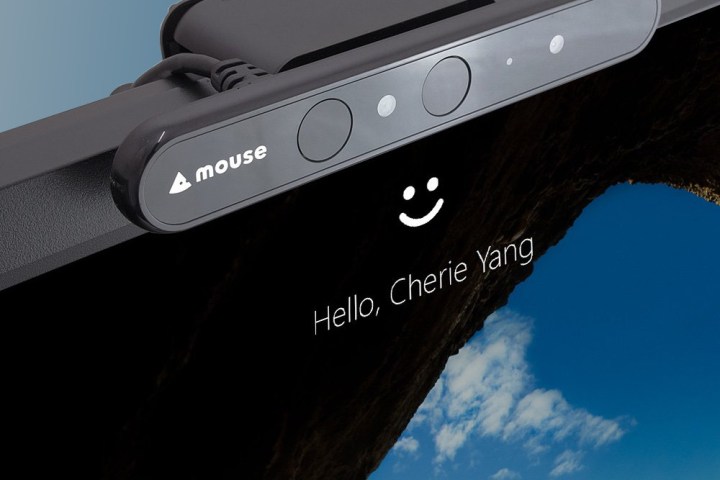
The company is fielding the Mouse facial recognition camera for Windows Hello, a cost-effective peripheral that is available on Amazon. The camera only costs $70, which is substantially cheaper than other devices that offer the same support for logging in via a facial scan.
Windows Hello allows users to log into their PC using biometric credentials, eliminating the need for a conventional password. The functionality supports fingerprint scanning, but in this case, a small camera would be attached to the monitor in order to carry out a scan of the user’s facial features.
Mouse’s camera apparently supports all the same features as Microsoft’s proprietary Windows Hello camera, according to a report from MS Power User. This includes one-second hands-free login, support for multiple users logging into the same system, and the ability to distinguish between a real user and a photograph of their face.
We all know the importance of keeping our devices secure and Windows Hello could help many users do just that. While passwords can be guessed or stolen, it’s much more difficult to falsify someone’s biometrics, so fingerprint scans and facial recognition could prove to be very popular going forward — if the necessary hardware isn’t prohibitively expensive.
It seems that Windows 10 users are already jumping on Mouse’s camera, as Amazon is listing the device as out of stock until later this week at the time of writing. If this particular camera strikes a chord with consumers, expect to see plenty more manufacturers release their own inexpensive peripherals for use with Windows Hello.
Editors' Recommendations
- This new Windows 11 shortcut made using my PC so much easier
- Windows 11 might pull ahead of Windows 10 in one key way
- Windows 11 multitasking to get better in an important way
- This Windows 11 memory bug is exactly why I’m waiting to upgrade
- Microsoft’s new mouse is made of 20% resin pellets, recycled from ocean plastic


